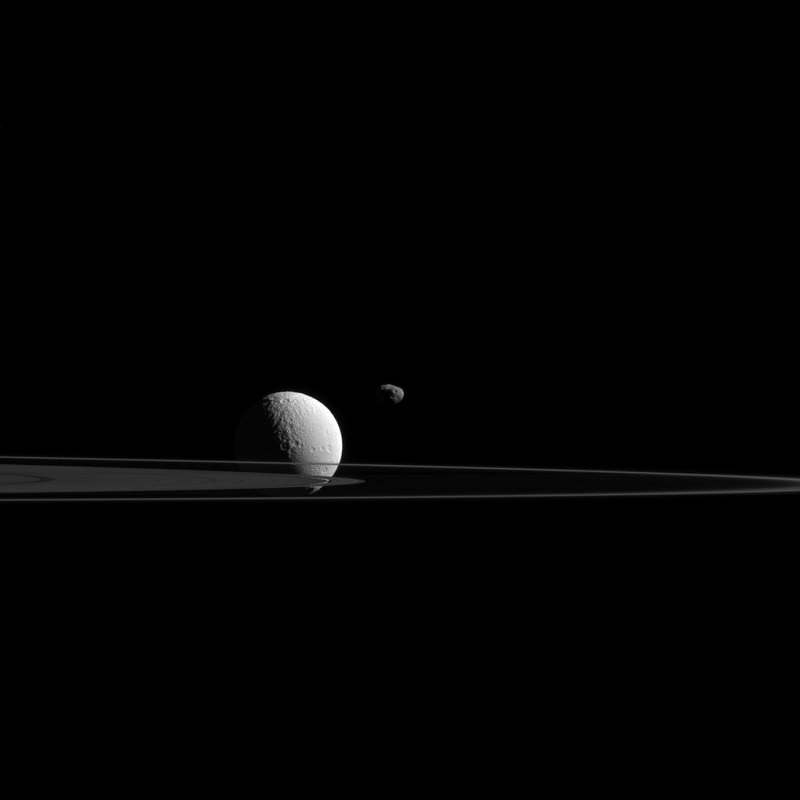ESA dixit:
“The video shows the motions of two million stars about 1.1â1.5 million years in the future. It displays a map of the full sky as seen from the Sun. The star initially circled is Gliese 710; its trajectory is then indicated with the extending line. Gliese 710 will have a close encounter with our Sun in about 1.3 million years, coming within the Oort Cloud reservoir of comets that resides in the outskirts of our Solar System. The star is predicted to pass within about 2.3 trillion kilometres, the equivalent of about 16 000 EarthâSun distances. The stars are plotted in galactic coordinates and the plane of the Milky Way stands out as the horizontal band with greater density of stars.”
Video credit: ESA










 Subscribe to blog posts using RSS
Subscribe to blog posts using RSS










